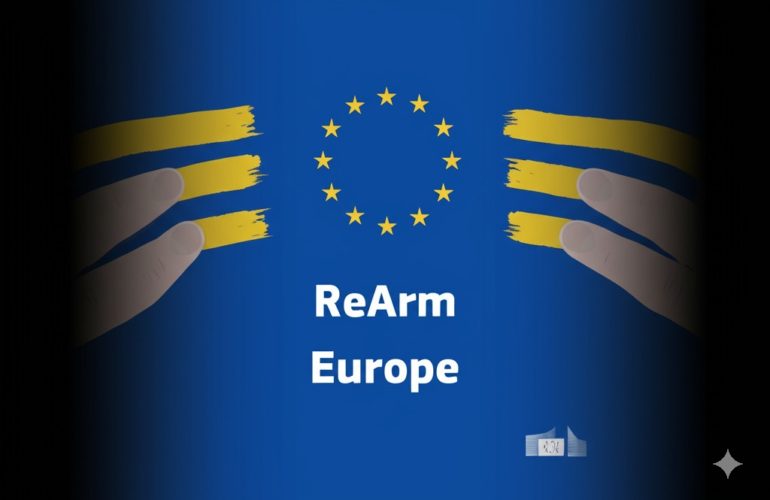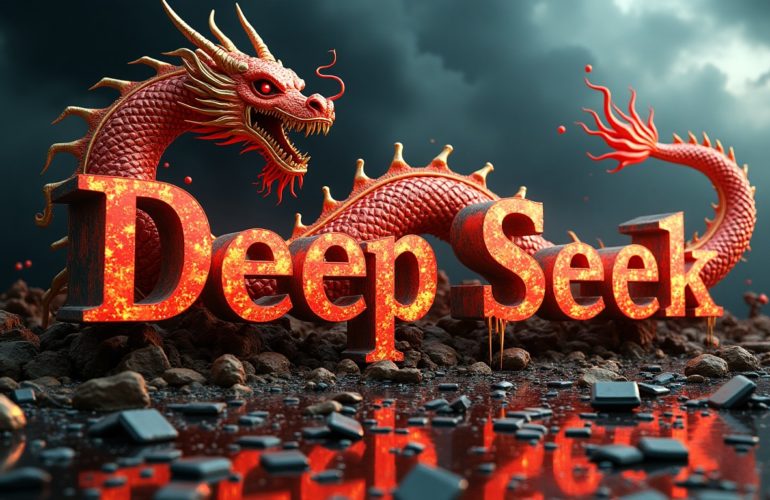AI systems are grown, not built
Generative AI’s inherent opacity creates profound challenges in understanding and managing potential technological risks.
Dario Amodei, co-founder and CEO of Anthropic and former Vice President of Research at OpenAI, highlights these issues in his influential work on the urgency of interpretability.
Key Points
-
- AI systems are grown, not built, making their internal mechanisms unpredictable
- Emergent behaviors make risk assessment difficult
- Opacity prevents comprehensive understanding of potential AI capabilities and limitations
Why It Matters
The lack of transparency in AI models introduces significant uncertainties that could lead to unintended consequences, including potential misuse in sensitive domains like financial assessment, cybersecurity, and scientific research. Without clear interpretability, organisations cannot definitively establish comprehensive risk management strategies, potentially exposing themselves to unprecedented technological vulnerabilities.
Read Dario’s post.






